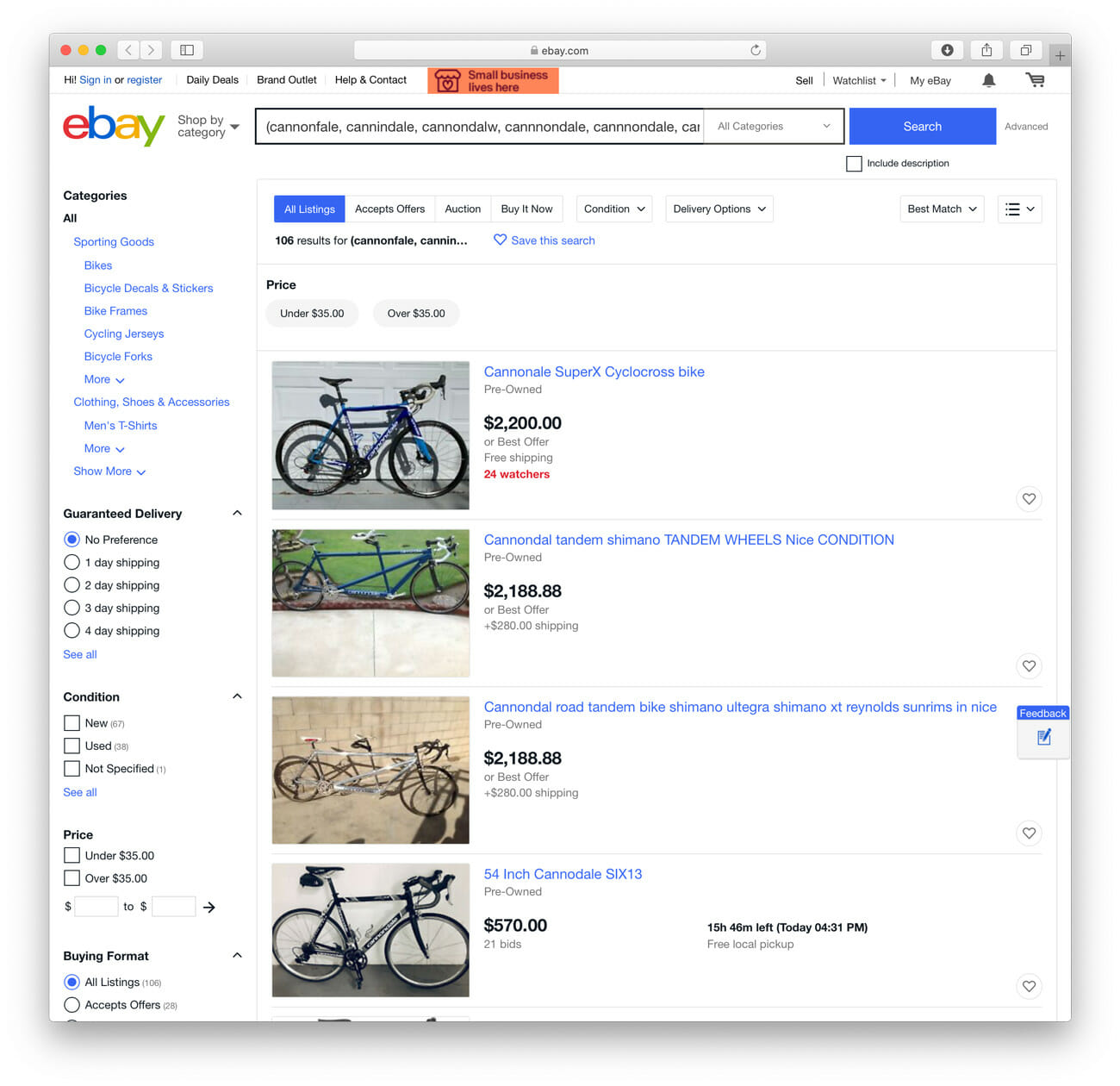A few years ago, I found myself in Chamonix, France. Situated in the valley beneath the famed Mont Blanc Massif, the little town is a European Mecca of sorts that draws skiers, mountain climbers and trail runners to abandon their regular lives in search of scenic thrills. The town hosted the first-ever Winter Olympics in 1924. Pierce Brosnan as James Bond skied out of a helicopter and blew up paragliding snowmobile henchmen there too. I came to witness the Marathon du Mont Blanc and do a bit of ridge running myself, but one of the more memorable moments of the trip occurred in a stark warehouse space in the larger nearby town of Annecy.
It was there, in Salomon’s design facility, that I watched a pair of robots named Bea and Maurice weave the upper of a custom running shoe in under five minutes. Watching the arms of the robot spin, rotate and flex as a shoe materialized before my eyes, I immediately understood how 3D knit fabrics earned their name. We’re used to seeing them under a blanket of branding — Nike has Flyknit, Adidas has Primeknit — but it’s all more or less the same.
Now, however, the innovative manufacturing process is making its way into outdoor clothing, starting (appropriately) with the base layer. Today, Smartwool, Patagonia and Holden all make some version of a 3D-knit base layer. Their reasons for doing so are more or less the same as the shoe companies: a 3D-knit garment creates close to zero production waste, is less labor-intensive to produce, and, most importantly, with no seams, it’s more comfortable.
Smartwool Intraknit
Of course, Smartwool couldn’t stay out of this game for long. Its version of 3D-knit base layers is called Intraknit, and it might be the most complex of the lot. Smartwool has harnessed the tech to create garments with highly specific zones of varying stretch and breathability. For instance, the front and back of the Intraknit bottom’s knee use their own unique weaves, and both of those zones are different from the rest of the leg.
Smartwool also stands apart in using Intraknit to create a full collection of tops and bottoms in different weights, as you might find in traditional base layer collections. Despite the innovation in Intraknit, seams are still present in these garments and seemed particularly noticeable compared to the company’s mainstay base layers. Right now, there are only mid- and heavyweight tops and bottoms, but we’re guessing that it won’t be long before a lightweight version pops up too.
Pros: Clean, sweater-like look; mid- and heavyweight options.
Cons: Still uses seams.
Specs: Intraknit 200: 53% merino wool, 45% polyester, 2% elastane
Intraknit 250 Thermal: 100% merino wool
Patagonia Capilene Air
Unsurprisingly, Patagonia was first out of the gate with a 3D knit base layer. The company claims to have introduced the outdoor community to the concept of layering in the 1980s, and it released Capilene Air in 2018. Like the others on this list, the fabric is a merino-polyester blend but is different thanks to what Patagonia calls an “exploded” yarn knit.
Translation: Capilene Air is insanely soft and remarkably versatile. We’ve worn it skiing on frigid single-digit days as well as late April afternoons in the mid-fifties. The one downside we noticed after a single season of use is that the fabric pilled quickly, but we haven’t experienced a full-on tear yet. It also likes to pick up stray fibers, like pet hair. Overall, it’s the most comfortable and versatile of the bunch.
Pros: Most comfortable; surprisingly warm, and versatile, given how lightweight it is.
Cons: Some pilling after a single season of use hints at possible durability issues; fuzzy fabric loves to pick up lint (and dog hair).
Specs: 51% merino wool, 49% recycled polyester
Holden Whole Garment
Holden is known for an edge of style — it makes a shoe crossed with a puffy jacket, for example — and its 3D knit base layer is no exception. You could probably get away with wearing the hooded top on its own in settings far from the ski lodge, but that’s not to say that it isn’t highly technical.
The Whole Garment Balaclava has three different knit zones that provide varying levels of warmth, breathability and stretch. The thickest of them cover the core and arms. Meanwhile, the underarms, spine and throat use more of a mesh-like weave that promotes breathability. It’s impressively versatile and serves as a high-level example of how garments can take a unique shape thanks to 3D knit tech. Holden only uses Whole Garment in a top, for now.








